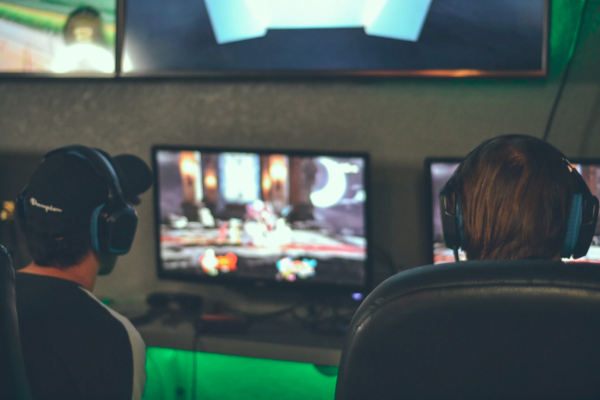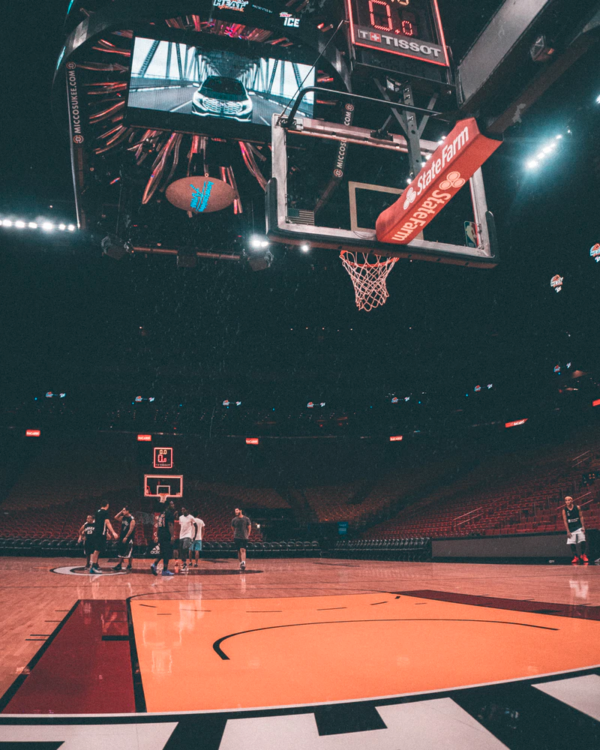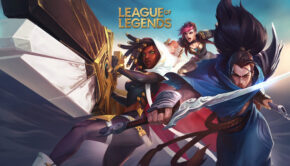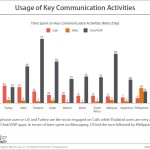League of Legends & NBA Team Up
Rise of eSports
Lately, techies and e-gamers have been scratching their heads, wondering how an NBA team intersects with an online battle arena like League of Legends. Of the ten teams selected for the 2020 LoL season, half are affiliated with the NBA. The Golden Guardians? Owned by the Golden State Warriors. Dignitas? Owned by the Philadelphia 76ers.
If current NBA betting odds directly affected LoL play, pundits would wager on Dignitas over The Golden Guardians given their 2019 season. Thankfully for the Golden Guardians, LoL teams aren’t bound by NBA rankings.
Before a proper analysis of LoL and the NBA’s recent love affair begins, it’s worth investigating the rise of eSports and what some are calling ‘eAthletes’. Sure, there’s going to be quantifiable differences between LA Clippers small forward Kawhi Leonard and LoL eAthlete Lee Sang-hyeok (aka Faker)… but there may be just as many similarities. After all, the first video game was invented only 12 years after the NBA was founded in 1946.
To begin, eSports is a form of sports competition that takes place through video gaming. The very first iterations of modern video games reflected sports, like Pong did with tennis. From there, developers like Sega and Atari branched out in the 70s and 80s to create other types of video games that had nothing to do with sports—think arcade games like PacMan or Street Fighter.
By the 1990s, PC games were on the rise, and the proliferation of internet connectivity began to evolve not only the type of games played, but how they were played. Games like Counter Strike, Quake, and Warcraft emerged alongside broadband and included multi-player settings.
The first tournaments began forming in the year 1997, including the Cyberathlete Professional League, QuakeCon, and the Professional Gamers League. Soon, these organizations became highly regulated throughout the world, with countries such as South Korea forming an eSports Association as a branch of the official government in the year 2000.
Today, eSports leagues and eAthletes are divided into two main categories: online battle arena games and first-person shooter games. However, new subdivisions are emerging, such as fighting games and sports games.
League of Legends and Dota 2 are the most popular online battle arena games. Counter Strike: GO (CS:GO) and Overwatch lead first-person shooter leagues. Fighting games such as Street Fighter and sports games like FIFA are emerging as leaders in the fighting and sports games tournaments. Some even think that a fifth genre of ‘battle royale’ eSports will become popular next given the fame of Fortnite.

Enter League of Legends
Developed by Riot Games, League of Legends (LoL) is an incredibly popular game and is highly regulated in competitive tournaments throughout the world. In fact, many believe that LoL is the reason behind the rise and success of eSports.
The game pits two teams against one another, with each user (sometimes computer-controlled) bestowed ‘champion’ qualities associated with that specific character. Characters often incorporate steampunk or fantastical qualities, though they start off with little ability at the beginning of the game.
Each player must help their character accrue experience to increase skill and find important items throughout the match. The overarching goal is for each team to destroy their opponent’s ‘Nexus’ (a structure held within enemy territory) as they attempt to defend their own. Think of it like capture the flag… only it’s more about destroying the flag than stealing it.
Given this information, LoL and the NBA may seem less incompatible than ever. However, it’s important to take into account how massively popular and lucrative the eSports arena is—especially LoL. In 2016, there was nearly $30 million in prize money for top players and teams, spread out across almost 2,000 competitions.
Riot Games has even started giving college scholarship money to top players just like Division I schools provide basketball athletes, sometimes up to $35,000 annually. In fact, two NCAA Division I Basketball Conferences, the Big Ten Conference and the Peach Belt Conference, have LoL leagues that utilize similar structure and scheduling.

A Global Fanbase & Major League Structure
LoL, in many respects, has nothing to do with basketball, and yet… leagues like the North American League of Legends Championship Series (NALCS) are being organized and structured directly after major sports leagues such as the NBA.
The NALCS is run by LoL developer and owner Riot Games and features an annual season that sees battles between ten fully-franchised teams, some of which are funded by NBA teams. Games are played at the Riot Games’ ‘arena’ in Los Angeles, California, with the exception of a few tours. Broadcasts regularly attract up to 300,000 viewers and the buy-in price for a franchise team is totaled at $13 million dollars—and this is only for a crack at qualifying for the League of Legends World Championship, which only provides a $1 million prize to the winning team.
As of 2019, the NALCS pool of ten teams includes five NBA owners or affiliates. The Immortals team was partially funded by Memphis Grizzles co-owner, Steven Kaplan. The Golden Guardians, as aforementioned, are owned by the Golden State Warriors, while team Dignitas is owned by the Philadelphia 76ers. The 100 Thieves team is co-owned by Cleveland Cavaliers owner Dan Gilbet, and team FlyQuest is co-owned by the Milwaukee Bucks co-owner Wesley Edends.
Like the NBA, LoL teams don’t earn their wealth from winning directly. Instead, it’s the association with winning that gives a team clout and reputation, and makes others want to play for that team or, at least, root for them.
For example, if the Immortals can clinch the NACLS, they’ll be traveling the world to compete in the LoL World Championship—as well as a slew of other international competitions. Winning teams fill arenas for both the NBA and eSports leagues, drawing in a pretty penny from ticket sales.
Winning teams also draw in top advertisers who will pay premium money to be associated with a successful NBA or LoL franchise. Through a successful season, teams also attract diehard fans who will pay money for associated gear. The only difference between the NBA and LoL leagues is where that branding will be pasted. For the NBA, it’s a jersey with a name like Jordan written on the back. In eSports, it’s more likely to be a controller with a brand from a top LoL franchise.















